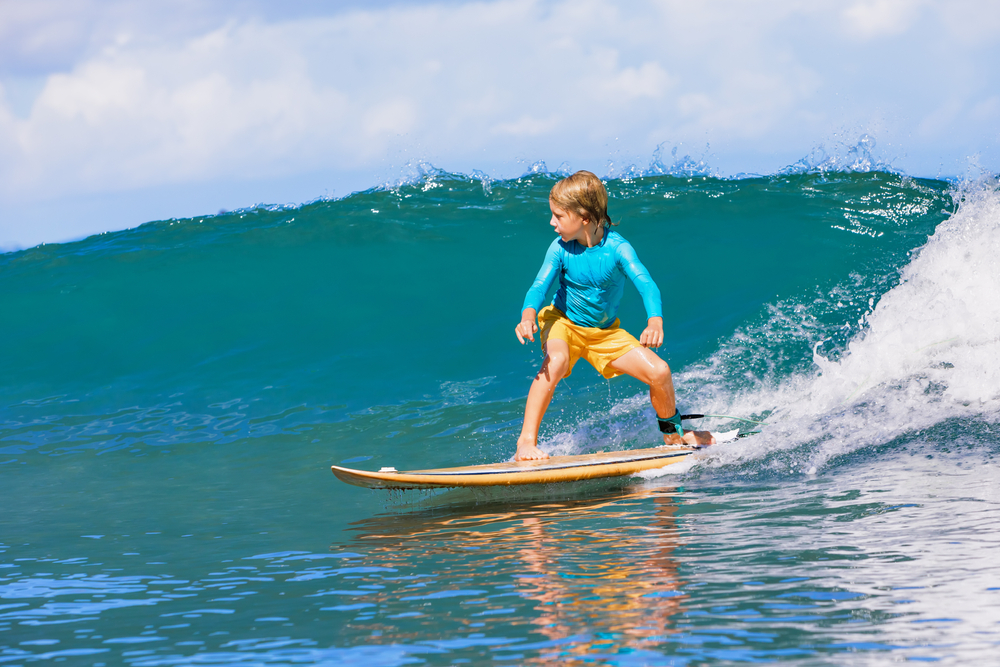In March 2025, more than 100 surfers fell ill after swimming in the ocean at Waitpinga and Parsons Beaches in South Australia. The sea had turned thick with yellow-green foam, described by health experts as a dangerous “bacterial smoothie.”
The foam stretched across large parts of the coastline, catching surfers off guard as they entered the water. Many reported symptoms soon after leaving the surf, including coughing, skin irritation, nausea, and temporary blurred vision.
Medical professionals were called to assess the situation. Environmental health experts warned that this was not typical sea foam. What looked harmless was actually a mix of decomposing algae, bacteria, and other organic matter.
This incident sparked a swift response from authorities and raised new concerns about water quality, marine safety, and the health risks tied to coastal activities. Surfers, more than anyone, were affected due to their direct and extended contact with the sea.
Surfers Incident at Waitpinga and Parsons Beaches
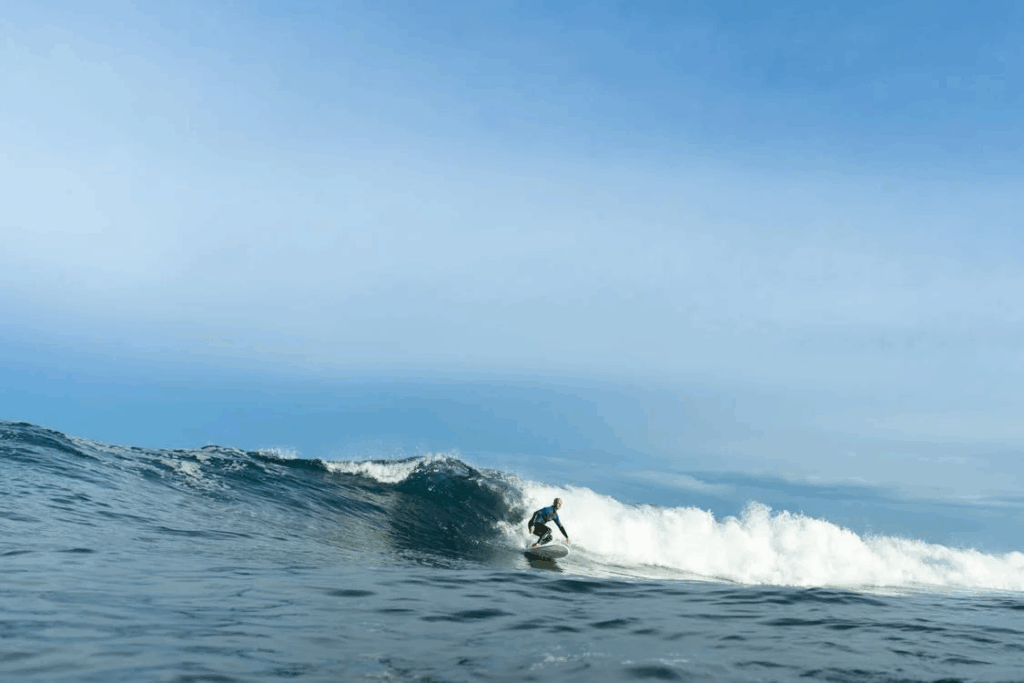
Dozens of surfers experienced strange symptoms within hours of being in the water. Reports included sore throats, red eyes, headaches, and difficulty breathing.
Locals said the beaches were unusually quiet that morning, but the foam buildup went unnoticed until people started to feel unwell. The beaches were soon closed by authorities while environmental experts were brought in to test the water.
Multiple surfers reported that the sea tasted and smelled strange. Some compared it to a chemical cleaner. Despite warnings, a few individuals returned to the water before realizing the severity of the situation.
Paramedics treated several people at the beach, while others visited nearby clinics later in the day. No one required hospitalization, but the scale of the incident alarmed the local surfing community.
What Sea Foam Actually Is

Sea foam forms when organic material in the ocean breaks down. It is usually made of proteins, dead algae, and other dissolved particles.
When this mix is churned by waves and wind, it creates bubbles that group together to form visible foam. Under most conditions, it is not harmful to humans.
However, when that foam forms during or after an algal bloom, it can become a health hazard. This happens when dead plankton or algae decay and release harmful toxins into the water.
Foam may also trap bacteria and pollutants from nearby runoff, especially near storm drains or agricultural zones. That’s when surfers and swimmers can get exposed to high levels of contaminants.
How Sea Foam Can Become Dangerous
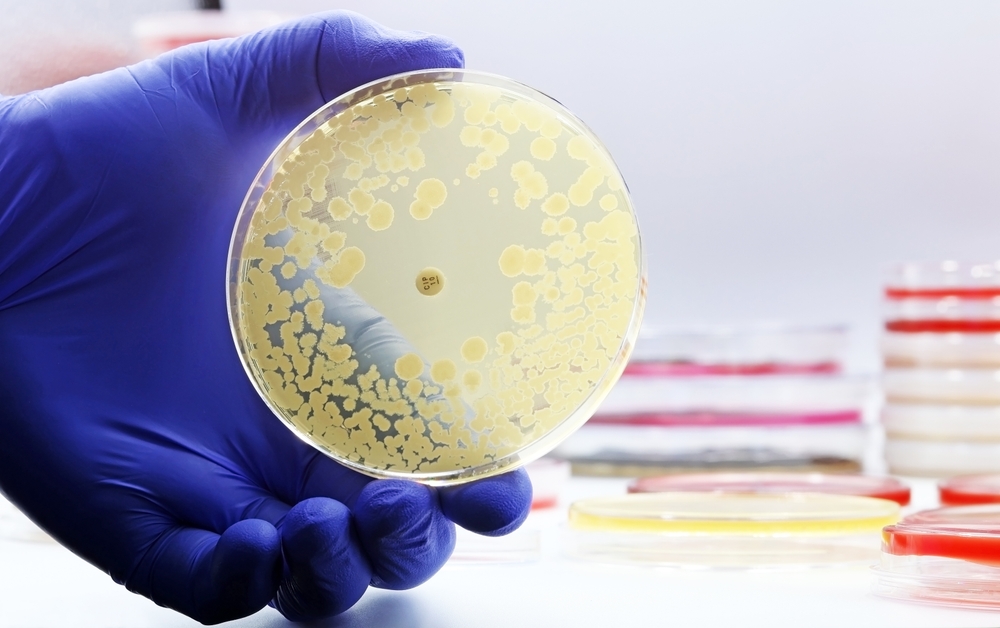
What makes foam dangerous is not just how it forms, but what it contains. In this case, tests revealed that the foam was rich in decaying microorganisms and harmful bacteria.
Experts believe the foam was triggered by an algae die-off linked to a marine heatwave. The warm and calm sea conditions allowed algae to grow rapidly and then die in large amounts.
This released organic waste into the water, which became mixed into foam. Surfers paddling through the foam inhaled it and absorbed it through their skin.
Inhaling aerosols from this foam can lead to irritation of the lungs and throat. Some people with asthma or weak immune systems may be at even greater risk.
Read More: Your Complete Travel Guide to 20 Incredible Places in Costa Rica
Environmental Conditions That Made It Worse
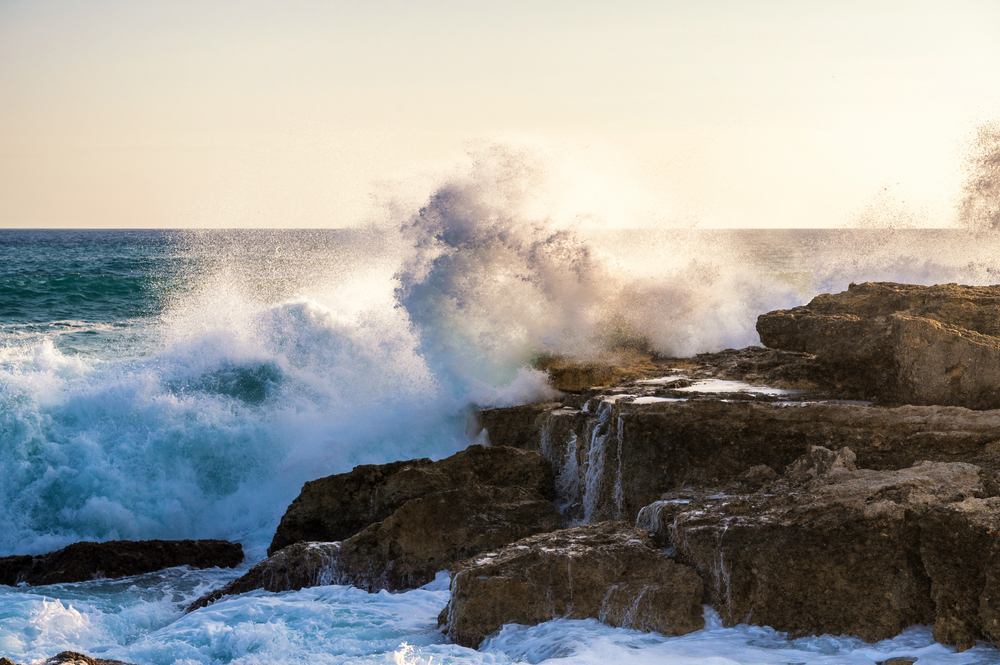
The week leading up to the incident brought a combination of warm sea temperatures and minimal wind. These are perfect conditions for algae growth and coastal stagnation.
Without wind to disperse the foam, it built up in pockets across the shoreline. Surfers paddled right into these areas without realizing the danger.
Rainfall earlier in the week may have also contributed. Runoff from nearby land could have added fertilizers and nutrients into the ocean, fueling algae growth even further.
The beaches affected are popular for their consistent surf breaks. Surfers often enter the water early, before environmental warnings are issued. That made this group especially vulnerable.
Surfers Most at Risk
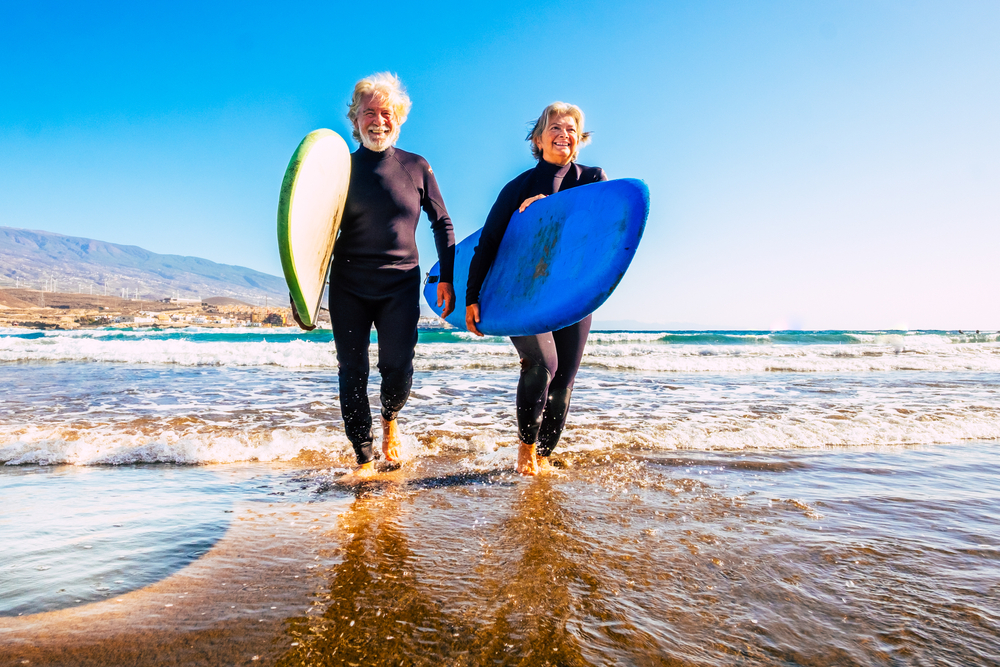
Surfers spend more time in the water than casual beachgoers. They also lie flat on their boards, which increases skin contact with the sea surface.
Because of their paddling position, surfers are also more likely to inhale water droplets or foam. When foam is contaminated, that exposure increases their risk of illness.
Many of the surfers affected said they had never experienced anything like this before. Some mentioned that even the smell of the foam was enough to trigger coughing fits.
Local surf clubs are now calling for better alerts and early warnings, especially during unusual weather or sea conditions that could lead to bacterial foam buildup.
Health Officials Issue Public Safety Warnings
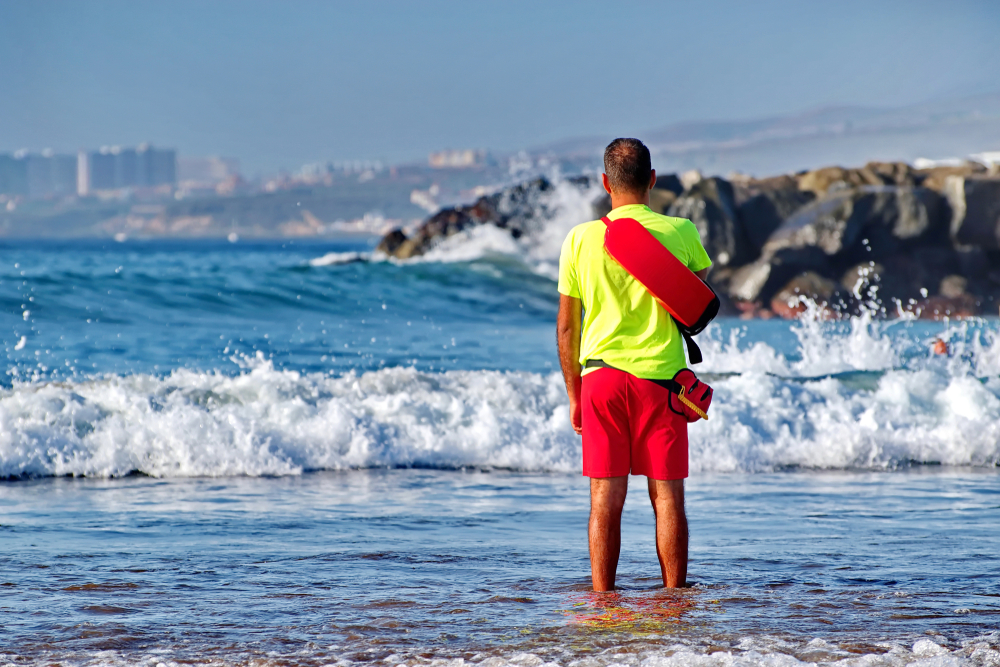
Following the incident, health departments issued formal warnings urging people to avoid contact with sea foam. They explained that while foam may appear natural, it can carry high concentrations of harmful organisms.
Authorities collected water and foam samples and began testing for harmful bacteria, including species commonly found in decomposing organic material.
Temporary signage was posted at both beaches, and online alerts were issued. The local government is considering installing early-warning systems based on environmental monitoring.
They also encouraged surfers to report any symptoms immediately and seek medical advice if they experienced discomfort after being in the sea.
How Can Surfers Stay Safe in the Water

Surfers and swimmers should be cautious when they notice unusual sea color, smell, or foam. If the water appears greenish, smells rotten, or has thick foam, it may be unsafe.
Avoid entering the water if the surface is covered with bubbles or scum. These can signal an algae bloom or contamination.
Local surf communities are also sharing updates among themselves more actively now. Apps and message boards can be used to flag problems before authorities react.
Carrying a bottle of clean water to rinse off immediately after surfing can help reduce exposure. Wearing long-sleeve wetsuits and avoiding face-down paddling in suspect water may also limit health risks.
Implications and Next Steps
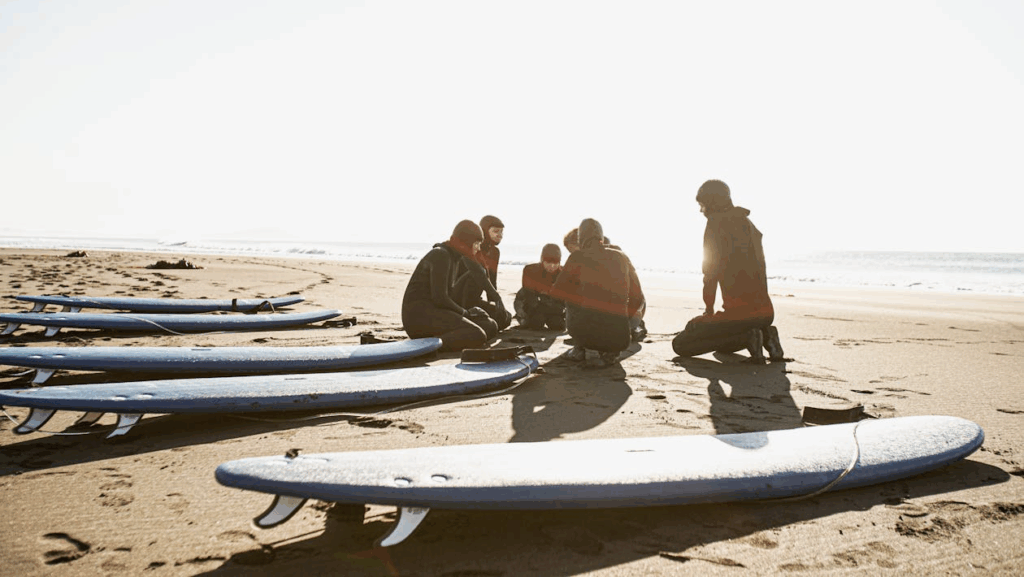
This incident raised new questions about how climate change and environmental runoff are affecting beach safety. As ocean conditions shift, events like this may become more common.
Warmer waters lead to more frequent algae blooms. At the same time, agricultural expansion near coastal areas means more nutrients are washing into the sea.
Surfers may need to adapt by checking environmental reports before every surf session. New technologies, including real-time water quality monitors, could become standard at major surf spots.
Meanwhile, local governments must improve coordination between health agencies, beach managers, and the surf community to prevent similar events.
Sea Foam and Surfer Safety
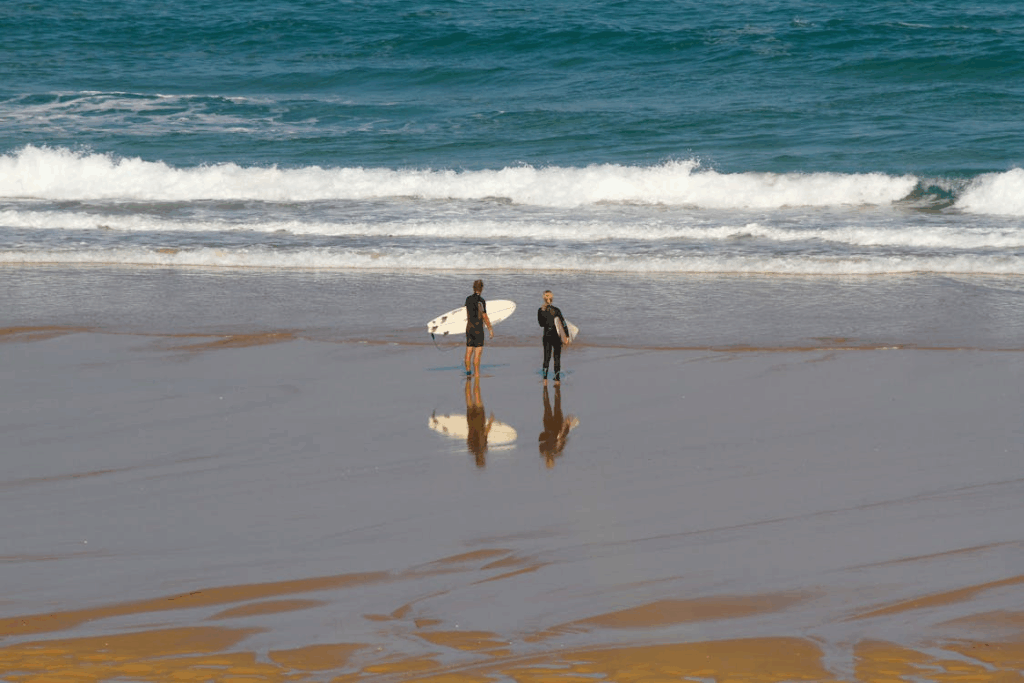
The case of dozens of surfers falling ill at Waitpinga and Parsons Beaches was more than an isolated event. It served as a clear warning about the hidden dangers of sea foam, especially when combined with unusual environmental conditions.
Although no one suffered long-term harm, the incident exposed gaps in public awareness and emergency response for coastal health hazards. Surfers were the first affected, but anyone near the water was at risk.
Moving forward, surfers must remain alert and informed. Awareness can prevent exposure to harmful conditions that may seem harmless on the surface. Surf culture celebrates freedom and connection to nature, but with that comes responsibility and respect for the ocean’s changing behavior.
Governments, scientists, and local communities all have a role in improving safety. Better forecasting, stronger warnings, and environmental education will be key. Sea foam might look innocent, but this event proved it can carry more than just air and salt.
Read More: A Little Boy and a Giant Stingray Share a Daily Bond That’s Captivated Millions
